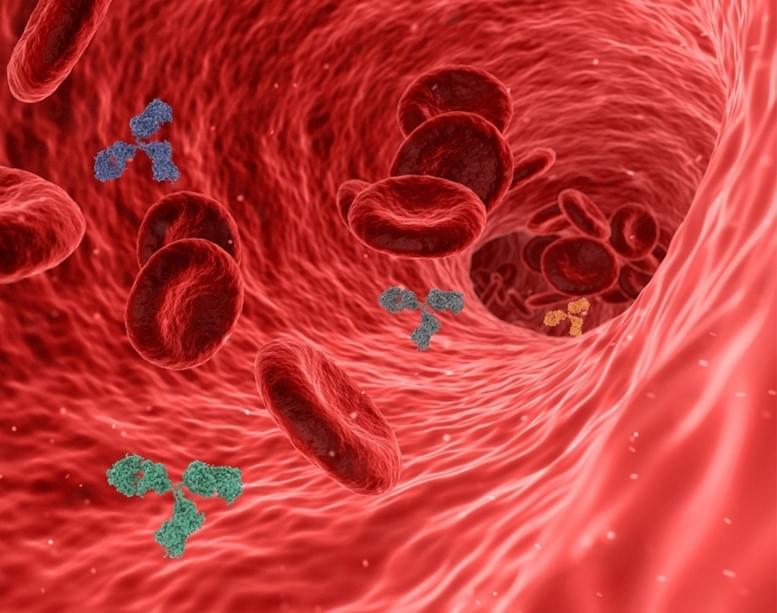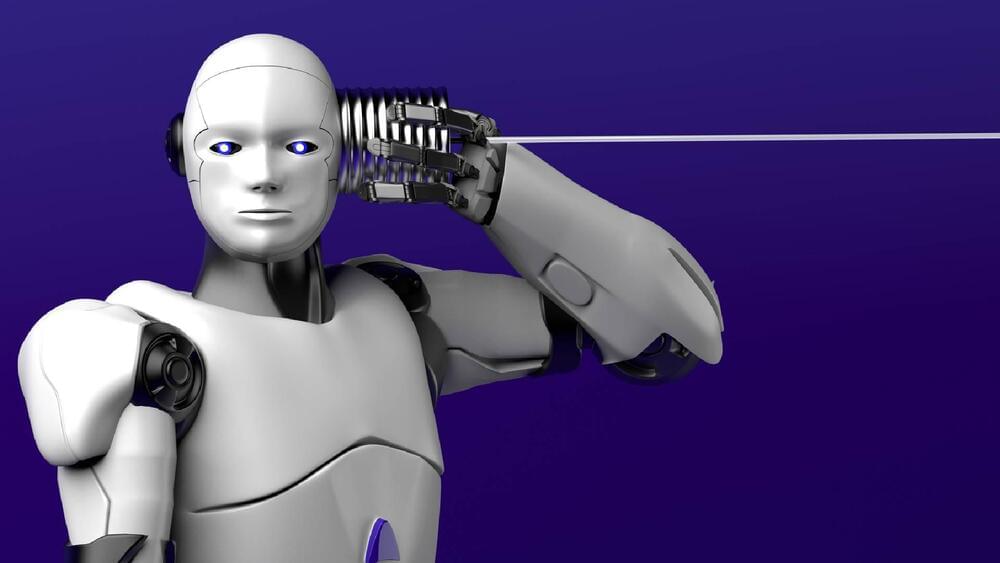Crystal engineering is a green and convenient approach to designing desirable materials through rational manipulation of intermolecular interactions. We have reported the lesser reported sulfonate–pyridinium intermolecular interaction for the design and synthesis of organic co-crystals with improved features. Here in we report the utilization of the interaction to tune the solid-state luminescence of organic precursor naphthalene disulfonic acid (NDSA-2H). Organic salts of NDSA-2H are synthesized and characterized with three isostructural bipyridyl co-formers: 4-phenylpyridine (4-PhPy), 2-phenylpyridine (2-PhPy) and 2,2′-bipyridine (2,2-bpy). Structural investigation validates aggregation of organic acid and base co-formers through sulfonate–pyridinium synthon and proton transfer between them.
New angles and concepts in 3D printing are always welcome, and we haven’t seen anything quite like [Horn & Rhode]’s 3D prints that do not look anything like 3D prints, accomplished with an experimental tool called HueForge. The concept behind it is simple (though not easy), and the results can be striking when applied correctly.
The idea is this: colored, melted filament is, in a sense, not that different from colored paint. Both come in various colors, are applied in thin layers, and blend into new colors when they do so. When applied correctly, striking imagery can emerge. An example is shown here, but there are several more both on the HueForge project page as well as models on Printables.
Instead of the 3D printer producing a 3D object, the printer creates a (mostly) flat image similar in structure to a lithophane. But unlike a lithophane, these blend colors in clever and effective ways by printing extremely thin layers in highly precise ways.
The immune system employs different immune cells to target infection and disease throughout the body. Immunologists, who study the immune system, have worked on therapies to get more of these cells to the site of infection and at a faster rate. Currently, it is still unclear how effectively the immune system operates in age-and sex-related research. A group at the University of Birmingham have demonstrated specific sex-related differences associated with the immune system in older female mice. This novel research introduces age and sex into the equation and will change the way we study the immune system and improve patient treatment.
A recent publication in the Journal of Leukocyte Biology, by Dr. Myriam Chimen and colleagues found that age is a significant factor that determines cell movement to the major organs in the stomach cavity. More specifically, immune cells were not going to the site of infection, but “leaking” into the stomach cavity from blood vessels. This study has found a clear difference between sexes associated with immunity, as it was previously believed women’s immune system deteriorates faster compared to men. Chimen and colleagues have confirmed this long-standing belief through their work on immune system sex-related differences.
Chimen and colleagues show that the increased immune cell presence in the stomach cavity is from “leaky” blood vessels. “Leaky” is a term used to described blood vessels that do not maintain strong structural integrity. The idea of “leaky” blood vessels occurs in inflammatory diseases such as cancer. Cancer cells travel through the blood system and commonly “leak” out of the blood stream to other sites in the body. The trafficking of cells to other sites allows the spread of cancer throughout the body, further promoting tumor growth.
WROCLAW, Poland/STOCKHOLM, June 16 (Reuters) — Intel (INTC.O) plans to invest up to $4.6 billion in a new semiconductor assembly and test facility near Wrocław, Poland, as part of a multi-billion-dollar investment drive across Europe to build chip capacity, it said on Friday.
The U.S. chipmaker last year announced plans to build a big chip complex in Germany along with facilities in Ireland and France as it seeks to benefit from European Commission’s eased funding rules and subsidies as the EU looks to cut its dependence on U.S. and Asian supply.
The facility in Poland will employ 2,000 workers and create several thousand additional jobs during the construction phase and hiring by suppliers, the company said in a statement.
The apparently powerful new AI tool isn’t being released yet due to what Meta acknowledges are “potential risks of misuse.”
Meta continued its push into the increasingly crowded AI field on Friday, announcing the creation of a tool called Voicebox. It’s an app for generating spoken dialogue with a variety of potential use cases—but it’s also ripe for misuse, as Meta admits, which is exactly why the social media giant isn’t releasing Voicebox to the public just yet.
Unlike previous voice generator platforms, Meta says Voicebox can perform speech generation tasks it was not specifically trained on. With text input and a brief audio clip for context, the AI tool can create a potentially… More.
Only “human creators” can be nominated for Grammy Awards, according to new eligibility requirements released Friday by the Recording Academy, as the music industry adds new limitations for songs produced by artificial intelligence.
Any work that features elements created by AI must also feature a “human authorship component” that is “meaningful” in order to be considered for a Grammy Award, according to new requirements released Friday by the Recording Academy.
The Recording Academy previously said it “embraces advances in technology,” adding it wanted to ensure “human creativity and passion is protected.” song created by artificial intelligence must have a “human authorship component” that is “meaningful,” according to new eligibility requirements.
A team of researchers at Stanford University recently created Sonicverse, a simulated environment that includes both visual and auditory elements to train robots more realistically.
The game comes equipped with a robotic arm, a display screen and a board.
Chinese company SenseTime has unveiled an artificial intelligence-powered rendition to the world’s oldest board game called Go, which is thought to have originated in China some 4,000 years ago.
SenseRobot Go, is a robot designed for young people to learn the game Go. It has a robotic arm, a screen and a board to play the game from entry-level to professional level, according to the company’s press release.
The unholy union of SEO spam and AI-generated muck is here. And at the same time, reality, unfortunately, might be going right out the door.
A major limitation in aging research is the lack of reliable biomarkers to assess phenotypic changes with age or monitor response to antiaging interventions. This study investigates the role of intracellular ferrous iron (Fe2+) as a potential biomarker of senescence. Iron is known to accumulate in various tissues with age and recent studies have demonstrated that its level increases dramatically in senescent cells. The current techniques used to measure the accumulation of iron are cumbersome and only measure total iron not specific isotopes such as the redox reactive Fe2+. It is still to be determined whether the damaging form of iron (Fe2+) is specifically elevated in senescent cells. In this study, we assessed the potential use of a newly discovered Fe2+ reactive probe (SiRhoNox-1) for selective labeling of senescent cells in vitro. For this we have generated various senescent cell models and subjected them to SiRhoNox-1 labeling. Our results indicate that SiRhoNox-1 selectivity labels live senescent cells and was more specific and faster than current staining such as SA-βGal or a derived fluorescent probe C12 FDG. Together these findings suggest that SiRhoNox-1 may serve as a convenient tool to detect senescent cells based on their ferrous iron level.
Keywords: SiRhoNox-1; aging; biomarker; iron; senescence.









